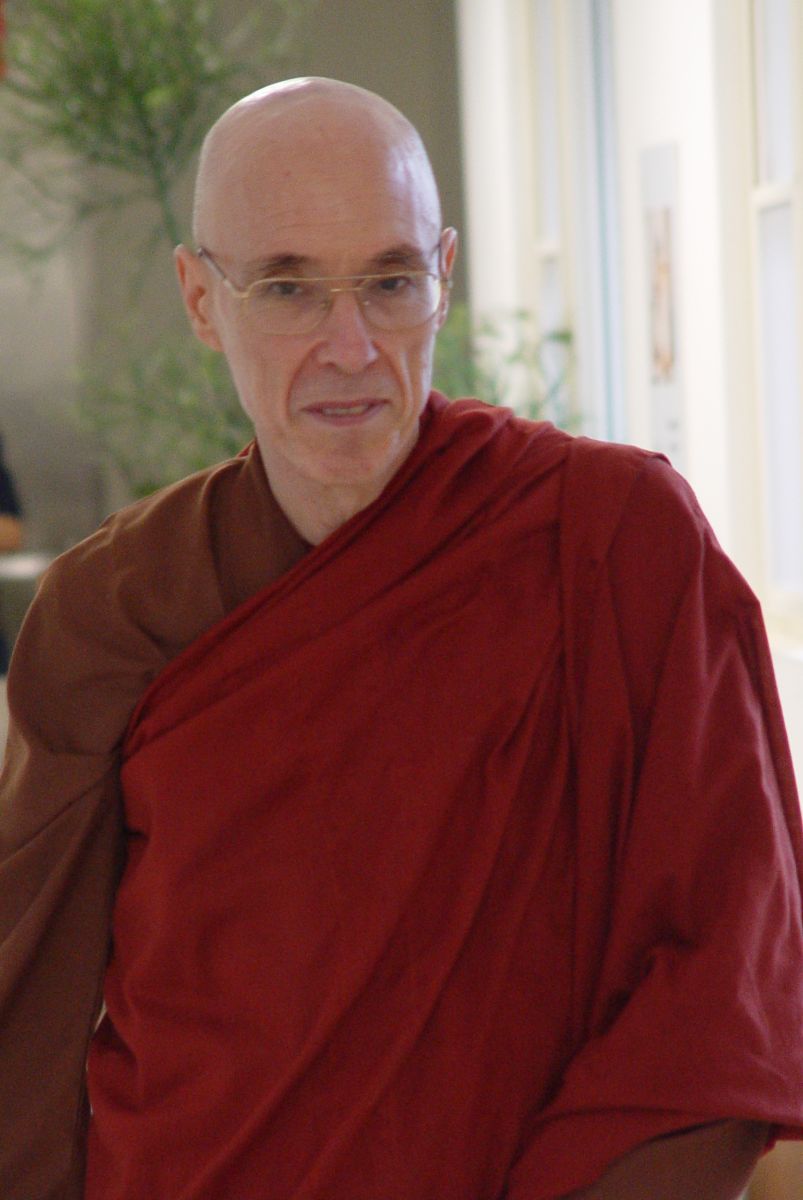Global Buddhist Community
Theravada Buddhism and Chinese Buddhism
Qestions:
Venerable Bhikkhu Bodhi, you're an eminent Theravada Buddhist monk who has abundant knowledge in Chinese Buddhism. You are also currently the president of the Buddhist Association of the United States. In your opinion, how can these two traditions (Theravada Buddhism and Chinese Buddhism) compliment and learn from each other? And, how can we transcend the barriers between various Buddhist traditions and schools?
There are two tendencies in Buddhism discernible, I believe, in virtually every Buddhist school that has survived into the modern era. One is a “centripetal” tendency, a conservative tendency, a propensity to remain faithful to one's fundamental intuitions and frames of reference. The other is a “centrifugal” tendency, an adaptive tendency, a propensity to alter one's frame of reference and revise one's expression of the Dharma in order to bring the teachings into accord with the dominant cultural trends and mental proclivities of the people one is trying to reach. Cultures and social systems change, and if the Dharma is to remain alive and relevant, it has to hit the right notes to suit the age in which it is rooted. If it is to remain the genuine Dharma, and not a diluted version, it has to preserve the core insights of the teaching. The historical evolution of Buddhism results from the interplay of these two forces.

While both tendencies can be found in every school of Buddhism, the centripetal is more prominent in the Theravada tradition, the centrifugal in Mahayana Buddhism. That, at least, is the way they view themselves. However, in my experience Chinese Buddhism is currently very conservative, adhering tightly to forms inherited from pre-modern times, even when these rub up against the demands of modernity. On the other hand, Theravada Buddhism, at least in Sri Lanka, has a progressive streak alongside its conservative tendencies. Perhaps this is because of the need to withstand the British colonial presence in Sri Lanka in the late 19th and early 20th centuries. Exponents of Dharma in the Theravada tradition still remain faithful to the Pali Canon, of course, but they have shown a willingness to respond to trends in modern thought and culture. Indeed, I would even say that monks from Sri Lanka have been more progressive in their social initiatives than monks I have known from the Taiwan-based Chinese tradition. This may sound paradoxical and contrary to common stereotypes of a “conservative Theravada, progressive Mahayana,” but it accords with my experience of the two.
I have often reflected on the need for followers of the two major traditions (especially monastics) to broaden their points of view and learn from one another. Monks from China, Korea, and Taiwan regularly go to the lands of Theravada Buddhism to study Pali, Theravada doctrine, and meditation. Seldom, however, do I hear of Theravada monks going to Mahayana countries to learn the Mahayana tradition. If Theravada monks would go to Taiwan to study Chinese, read the Mahayana sutras in Chinese, and gain greater acquaintance with the way Buddhism has adapted itself to Chinese culture, this would expand their outlook and contribute to greater mutual understanding.
Acquaintance with the thought of Masters Taixu and Yinshun in particular would help them develop a theoretical basis for their own progressive tendencies. Already, on the ground, Theravada Buddhists have been addressing the momentous collective problems of actual human life, but its theory, rooted in the Pali Canon and commentaries, points in the direction of personal liberation. Greater acquaintance with the works of modern Chinese Buddhist thinkers could provide a firm theoretical foundation for the socially adaptive expressions of contemporary Theravada.
I don't think we should aim at blending the different Buddhist schools into one homogenous brand of “Buddhism.” This would be like mixing chocolate, vanilla, and cherry ice cream to produce one uniformly flavored ice cream. To suit different tastes, we need different flavors of ice cream. To suit the minds of people, it is essential that the different models of Buddhism retain their distinct identities, but they should do this in a spirit of mutual respect and appreciation. Inevitably, through greater contact, streams of influence and confluence (flowing together) will become more prominent. But this should not obliterate the different perspectives and points of emphasis of the different Buddhist traditions.
